ONE DAY IN BEIJING
When we first arrive in Beijing, the size of the city quickly becomes evident. Beijing is one of the largest cities in the world, and it just keeps growing at an unchecked pace. The city streets are much wider than you’d imagine. The roads are built to accommodate as many car lanes as possible to keep the traffic moving. But despite the immense size of Beijing, there are a lot of places we MUST see when we visit this capital – even if we have just one day in Beijing.
An Early Start
Like most places in China, people in Beijing start their days very early in the morning. But that’s OK, because we do too. Our early morning begins with a visit to the Temple of Heaven. This is one of Beijing’s oldest monuments, and the home to a very large park in the south part of the city. The park is very popular with the senior set, who flock here every morning to exercise or dance, or walk and gossip. It doesn’t matter which time of the year we’re here, the park is filled with large groups of early risers.
We like to visit this park and temple because it’s a great way to see people practicing the ancient art of Tai Chi. Seniors aren’t the only ones that practice this form of exercise, but that is pretty much all we see in the park. Maybe the younger ones are already at work. Plenty of other activities happen in the park in the early mornings too. So when we walk around, we will come across a wide variety of different groups. We don’t always know what we’ll see, but it’s always worth the visit.
Heaven in the morning
In addition to the crowds of exercising seniors, there is the actual temple itself. The Temple of Heaven is a phenomenal structure, built about 700 years ago. It’s considered one of the most important architectural structures in China, and is a UNESCO World Heritage Site. The Qing and Ming dynasties used the temple to pray for good harvests. Thousands of people still visit every day to pray to the God of Heaven.
The Opposite House Hotel
After our fascinating visit to this massive park, we head back to our hotel for breakfast. Our chosen hotel in Beijing is The Opposite House. This incredible hotel, part of the Swire Group, is in the Sanlitun area of Beijing. It’s considered an “art hotel”, due to its ever-changing art gallery shows in the enormous lobby and throughout the hotel.
The Opposite House is definitely a standout hotel in Beijing. This hotel has modern contemporary design, bold exterior colors and spacious public rooms and suites. It has only 98 rooms, including the huge penthouse with private roof deck. Even the smallest studios feel very large inside. The use of blonde wood and open plans make the rooms seem generous. If you like architecture, modern art and personal service, you’ll love The Opposite House as much as we do.
The Palace Museum
After breakfast, we put on our comfy walking shoes and begin our journey to The Forbidden City. It’s more accurately known as “The Palace Museum”. This sprawling palace was once home to the Emperors of China – when they had Emperors. The last one, known as Pu Yi, only reigned for a short period from 1908-1912, and again for 12 days in 1917.
After the monarchy was abolished, the palace was taken over by the government. Over the following decades, more and more of the palace has been opened to the public. Today, about 75% of it is viewable, with restoration of buildings continuing all the time.
Getting into the Palace Museum requires a little bit of patience. We must go through many security checks in order to enter the grounds. Be prepared to have your camera bag checked and rechecked several times. Lineups can be long, but they move along pretty quickly, although not orderly. The concept of ‘single file’ lineups doesn’t work at all in China.
Walking Through History
The pathway through the palace grounds is funnelled in one direction only. We enter through the south gate and exit through the north gate. But when it is clear just how large the palace grounds are, it will be nice not having to double back. At over 180 acres, with 980 buildings, it is the largest collection of preserved wooden structures in the world. UNESCO listed the site in 1987, and it is currently the most visited art museum in the world.
Once we are through the massive 28-foot-thick gates, we enter into a one of many huge courtyards. Each courtyard could easily hold tens of thousands of people. Courtyards are full of fascinating artifacts, sculptures, and bronze statues. At the end of each courtyard is a temple building that had some significance in the Emperor’s day. It’s not possible to enter the large buildings, but we can take a peek inside. We just have to wiggle our way to the front through the throngs of people.
We take our time walking through the palace grounds, paying attention to the architecture, history and art. It’s impossible to escape the crowds of people everywhere. The crowds play a prominent role in the images we come away with. But overall, there is just so much to see and photograph!
Scorpion Snacks
After lunch, we switch gears and visit one of the more colorful areas of Beijing known as Wangfujing Snack Street. This part of Beijing has quickly become famous for the best place to visit if you’re hungry for scorpions, seahorses or silk worms. Of course it also sells regular food like meat-on-a-stick, and candied fruit too.
The street itself isn’t all that long, but it takes a while to walk to the end and back. That’s because as photographers, we want to stop often to photograph the crazy foods that people eat. There is always someone that has been dared to eat a few live bugs to the cheers of the crowds.
Traditional Duck Dinner
After watching brave people eat scorpions, we head back to The Opposite House for a traditional Peking Duck Dinner. We eat at the Jing Yaa Tang restaurant on the ground floor of the hotel. It is considered one of the best restaurants in the city for the traditional Peking Duck dinner. A whole duck can feed about 5 people, and you can order half ducks as well. We place our order with our reservations, so the duck is ready for us shortly after we are seated
There is a process involved in preparing the duck that is an art form in itself. Not only is the experience memorable in terms of taste, but you’ll remember the visual experience as well. The way the duck is carved and presented is just as important as the taste. And Jing Yaa Tang does not disappoint.
One day in Beijing is certainly not long enough, of course. Our adventures in China usually include 4 full days in Beijing, because there is so much to experience in this fascinating capital city.
Join us on our China Middle Kingdom Photo Adventure and experience Beijing and so much more.
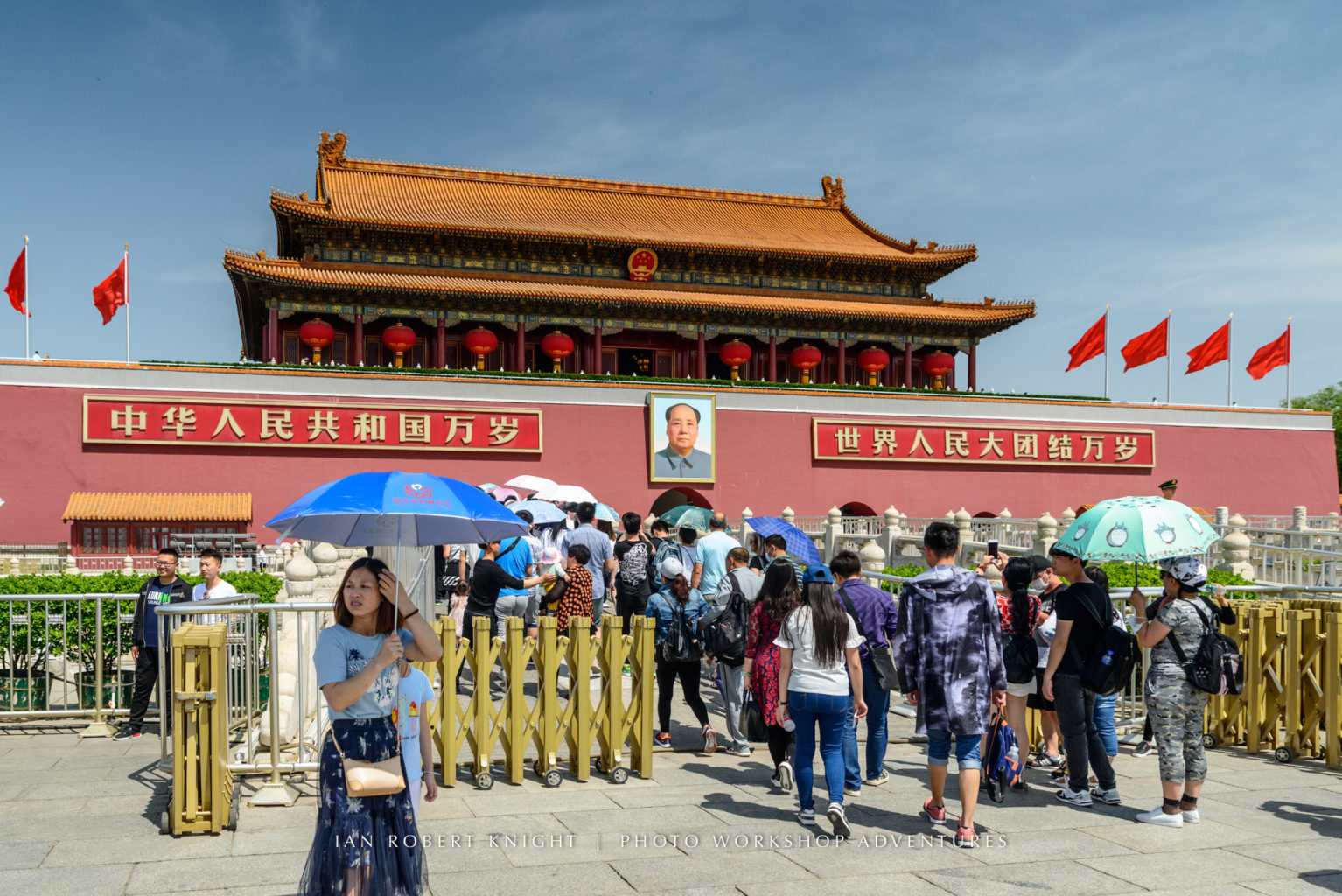
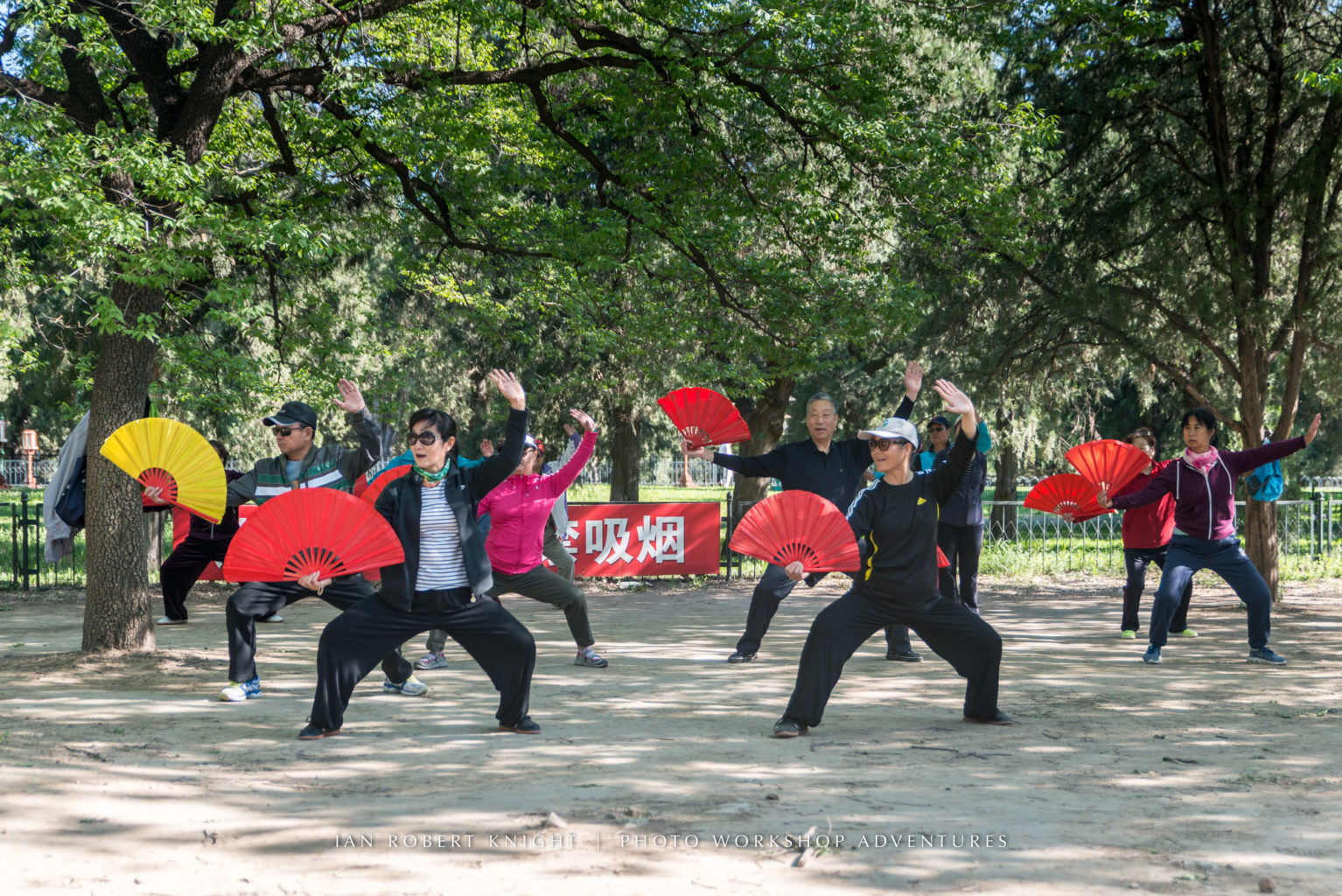
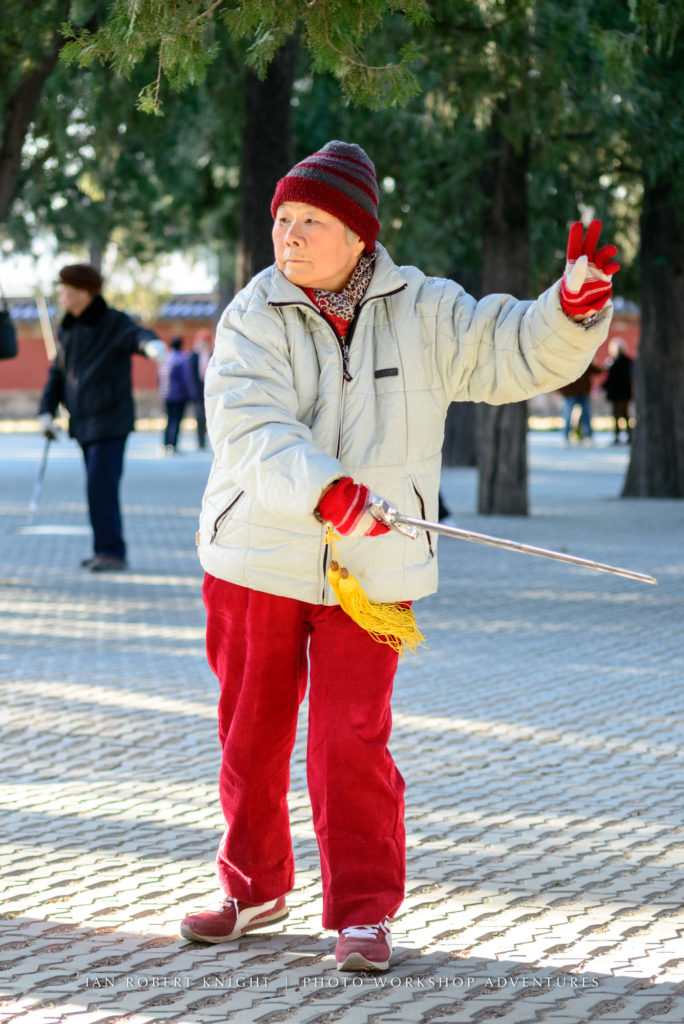
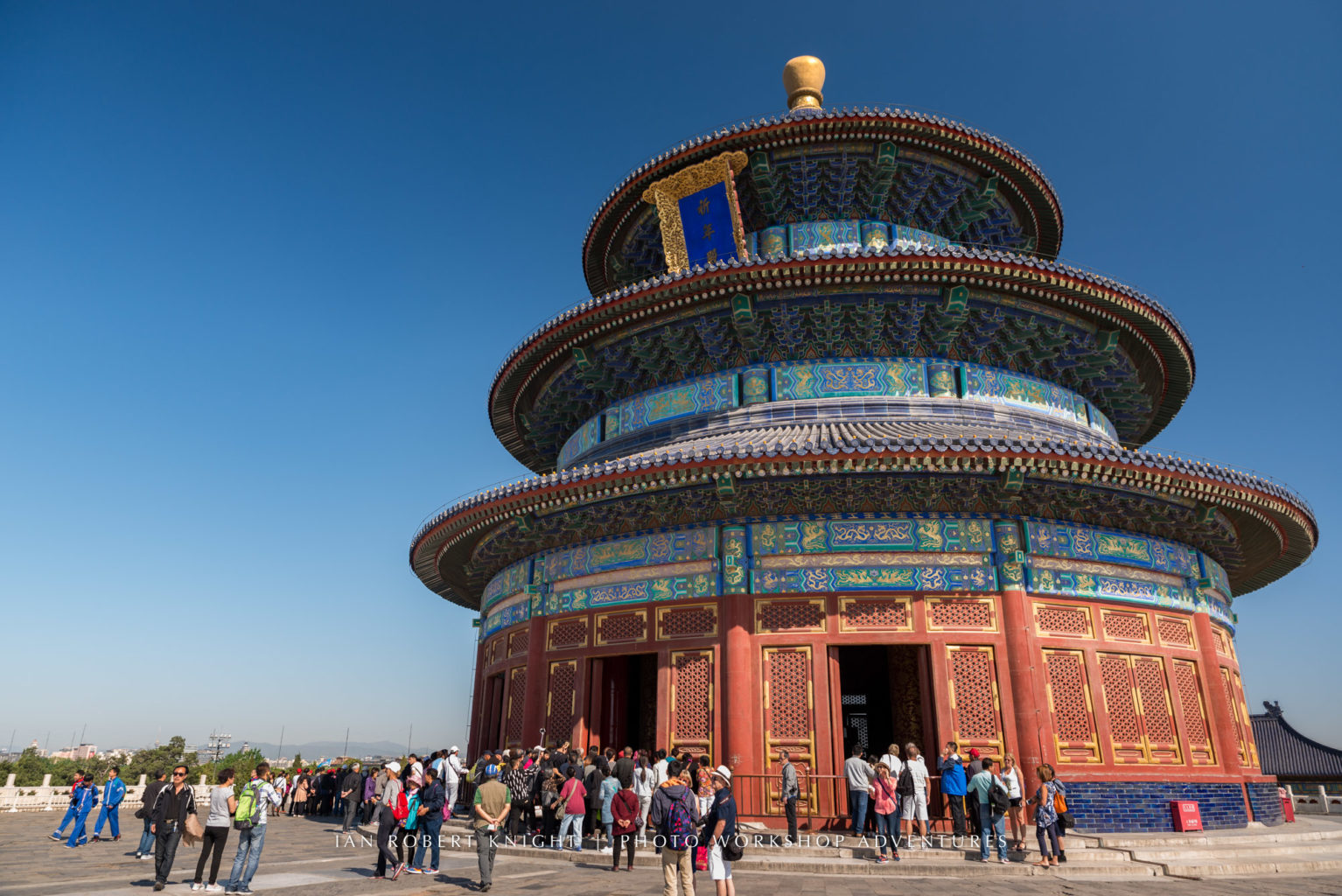



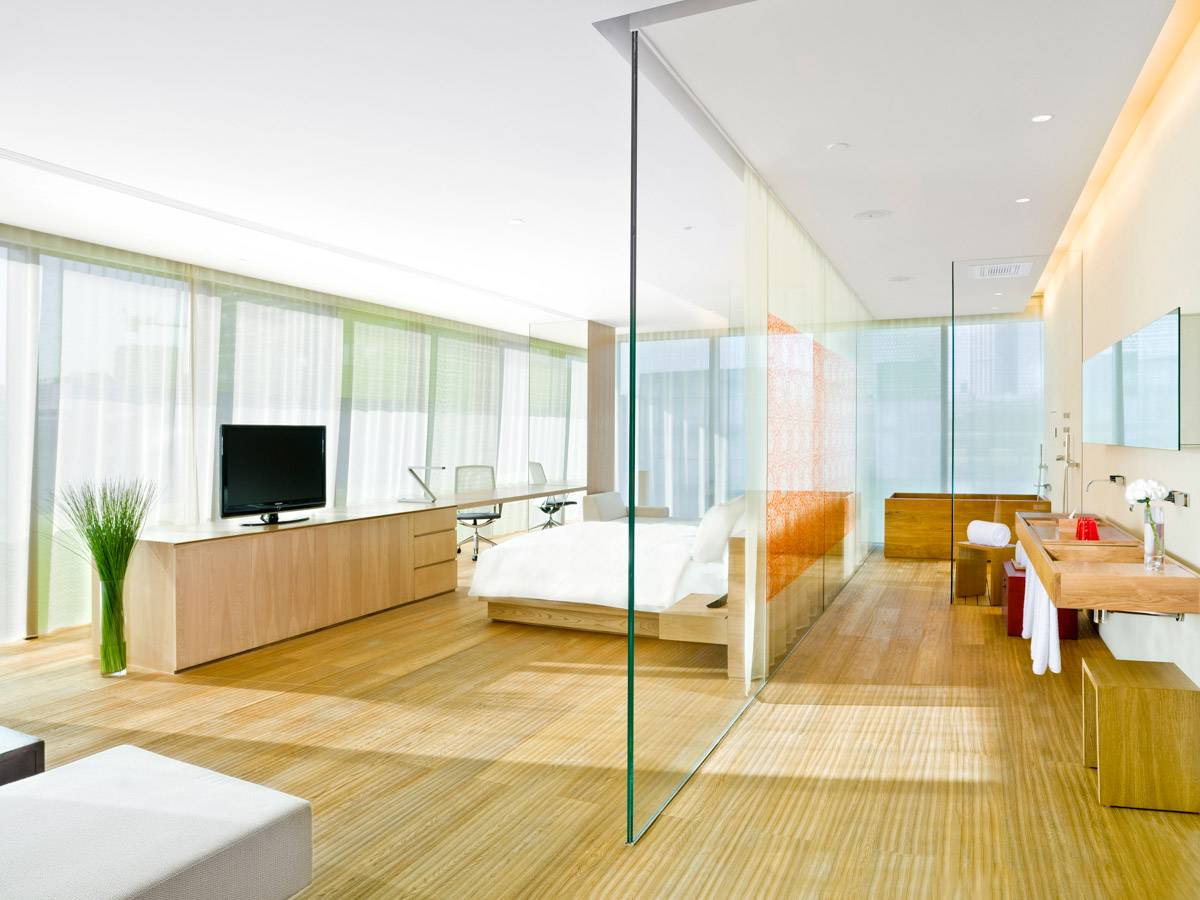
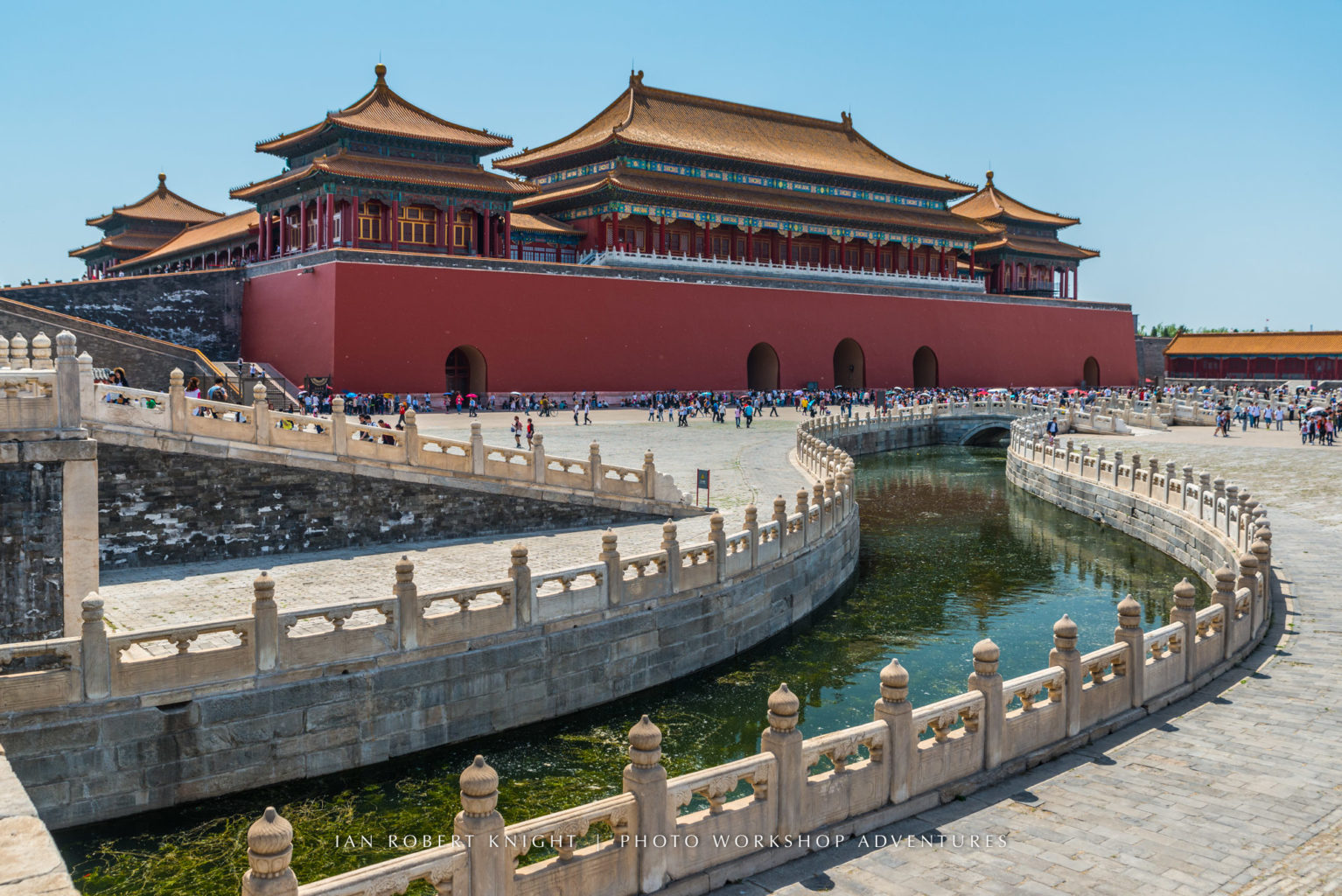

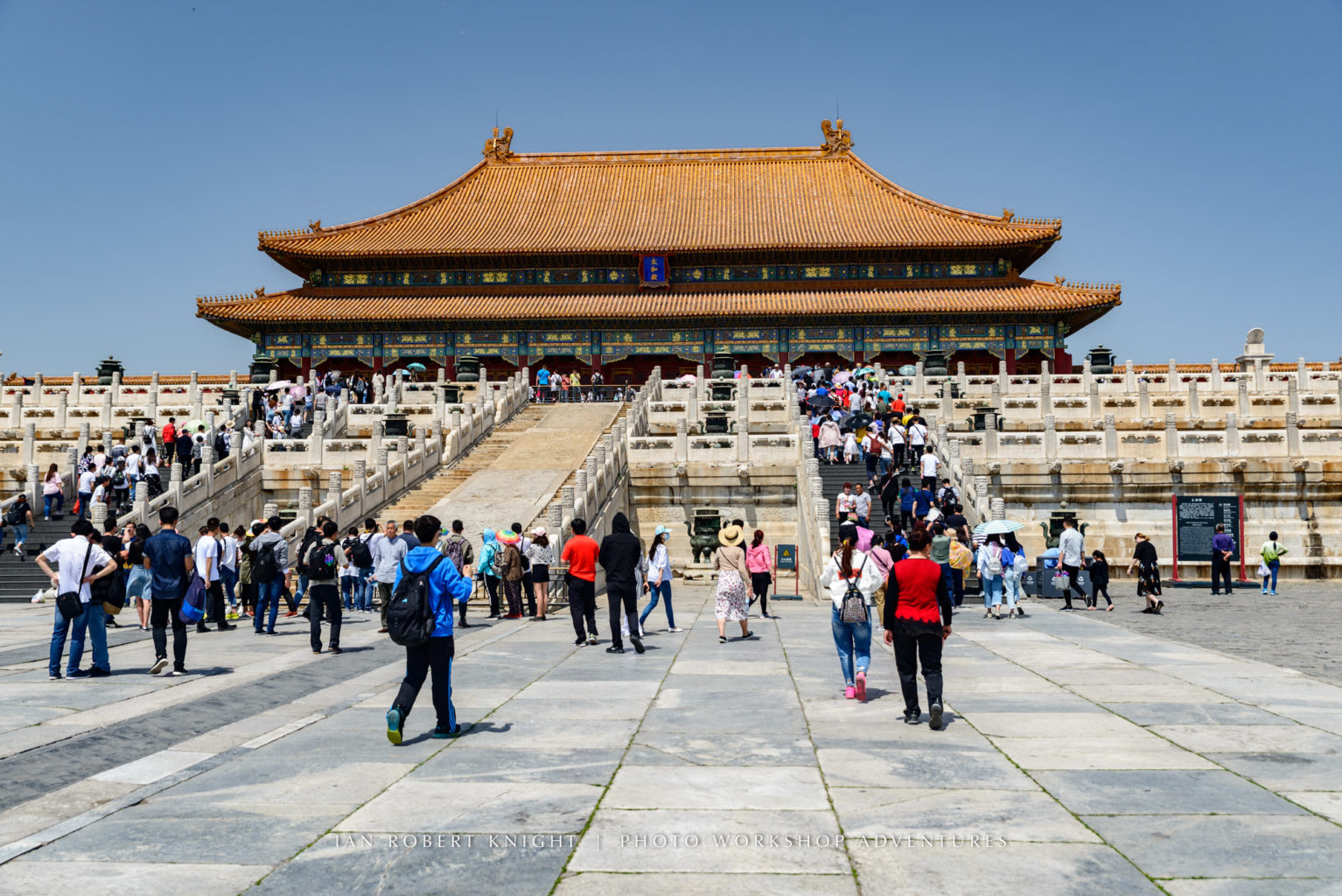

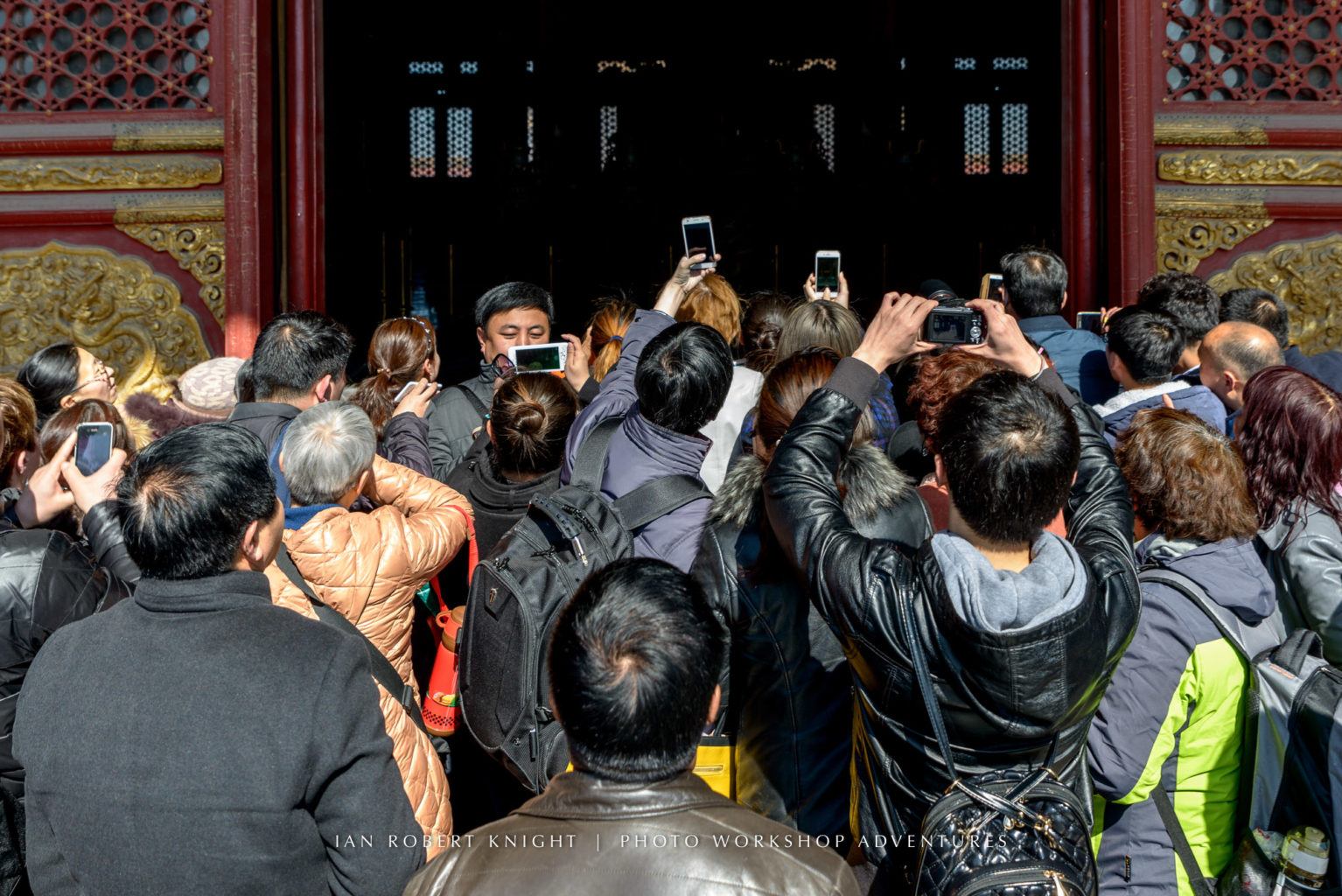

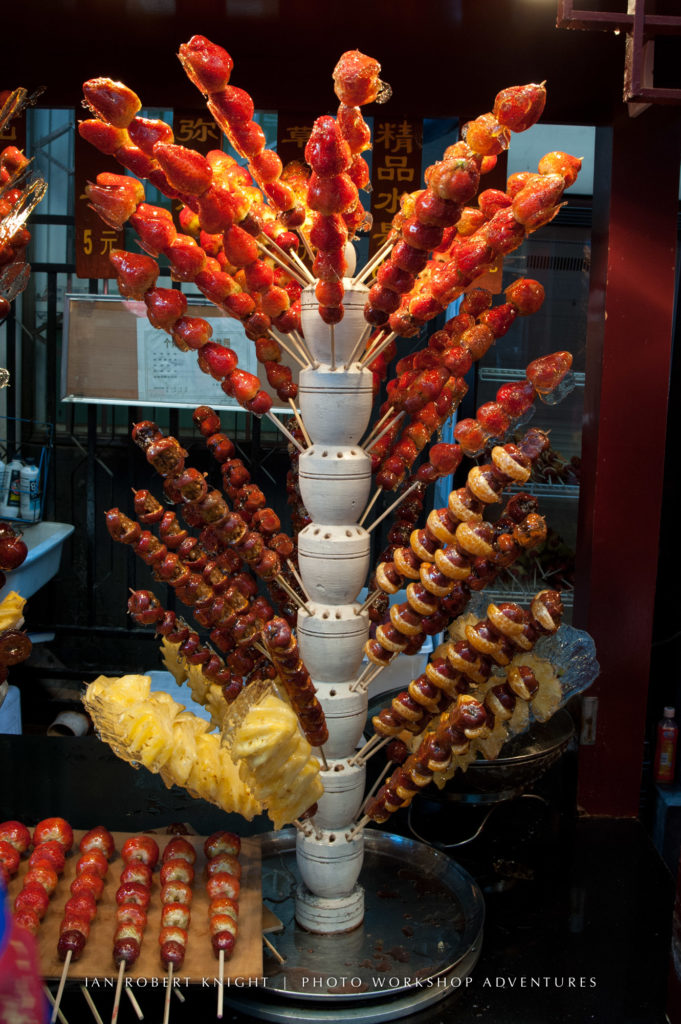
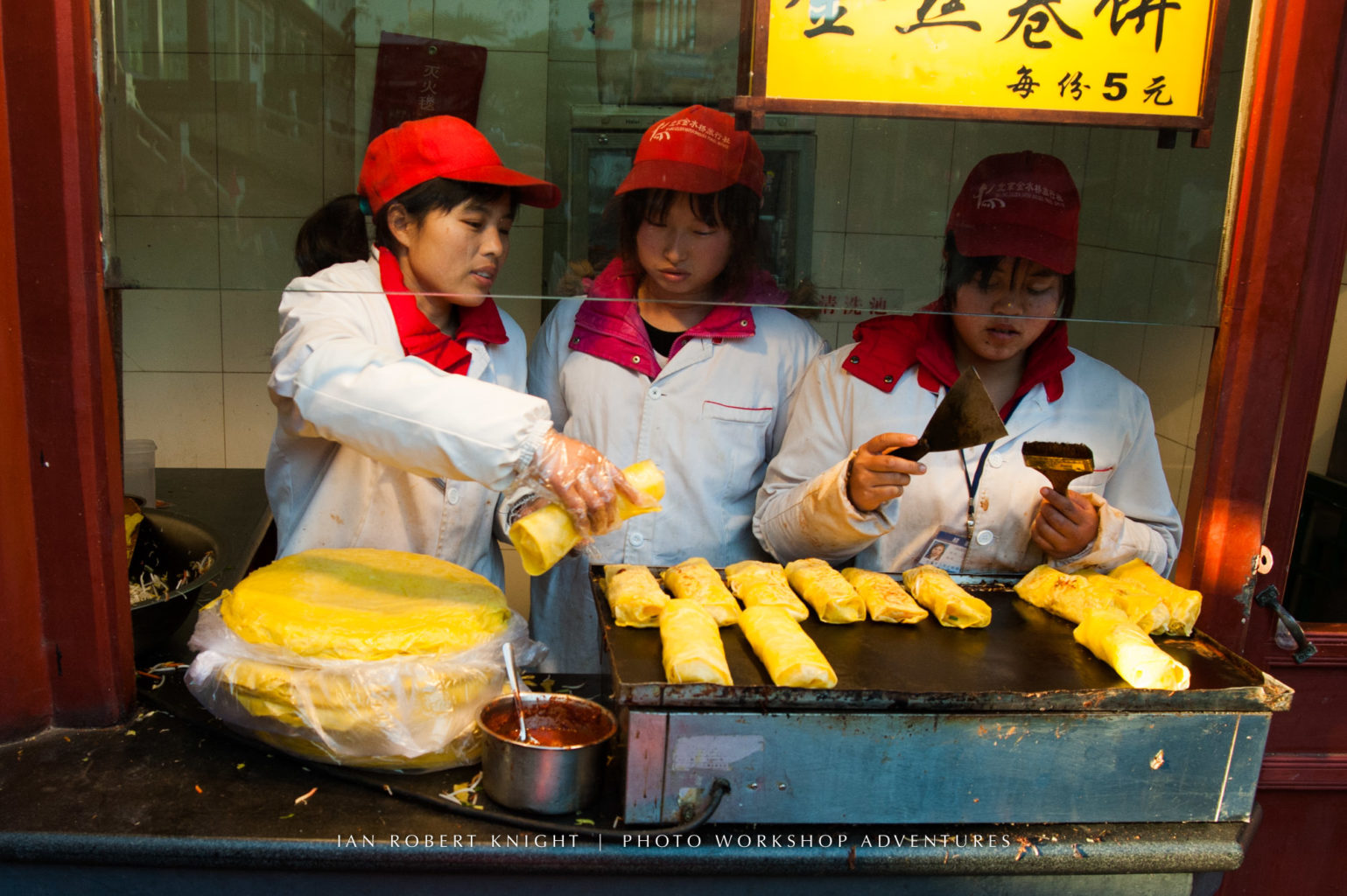








Love this post! It’s really detailed and useful for me when I plan the itinerary in Beijing. Thanks so much for your great post!